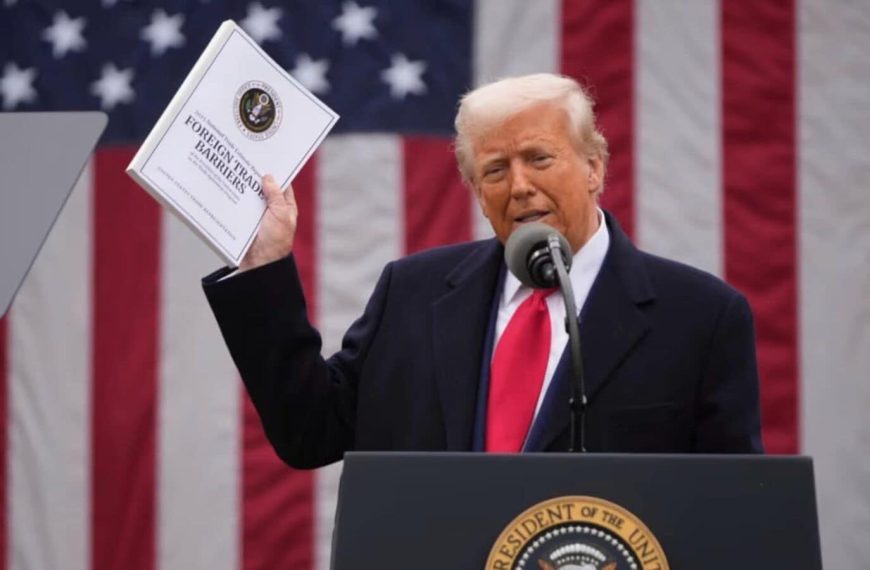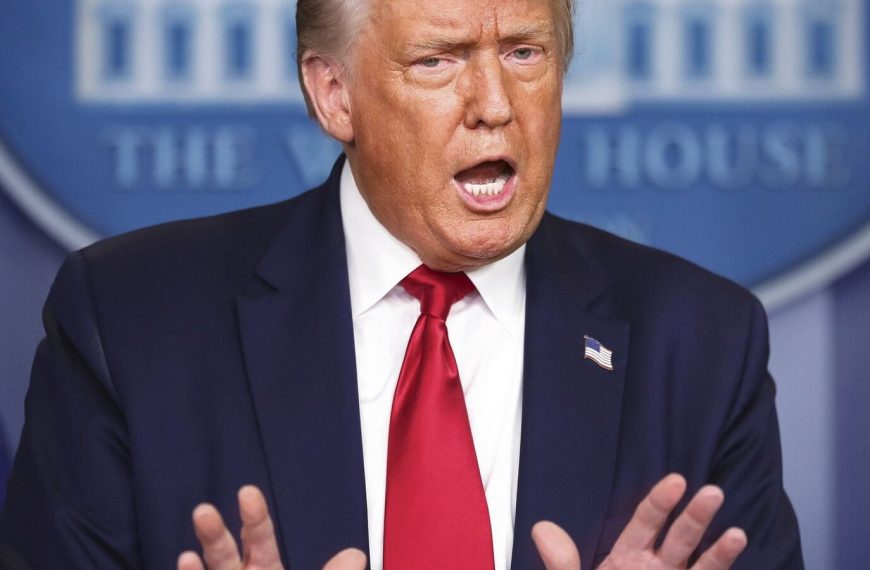India’s Trade Landscape: Navigating Tariff Challenges with Confidence
In a recent analysis by Bernstein, a global equity research firm, India appears poised to manage its tariff-related hurdles effectively. The report highlights that instead of escalating tensions into a trade conflict, India is more inclined to pursue diplomatic negotiations with the United States. While initial market reactions may reflect negativity, projections indicate a macroeconomic rebound in the latter half of the year.
Strategic Engagement with the US
The report emphasizes a proactive approach by India, which had already initiated measures before any tariff announcements. In March, the Indian government finalized the Terms of Reference for a Bilateral Trade Agreement, following a significant push from the Prime Minister’s Office. This agreement lays the groundwork for comprehensive discussions between the two nations.
- Key Actions Taken by India:
- Reduction of import duties on select American goods, including:
- High-end motorcycles
- Agricultural products
- Bourbon whiskey
Positive Long-Term Outlook Amidst Challenges
Although potential trade agreements with the US are viewed as beneficial for long-term relations, some sectors may encounter challenges due to the potential downturn in the US economy. The report addresses this concern by upgrading the healthcare sector to an equal weight rating, anticipating minimal impact, while the IT sector has been downgraded due to rising recession risks.
Moreover, the US administration is considering non-monetary barriers in its tariff calculations. Should this include the Value Added Tax (VAT), as suggested by recent White House communications, it may be perceived as an unorthodox approach since domestic sales tax applies to both imports and local goods.
India’s Competitive Tariff Position
In comparison to other nations facing US tariffs, India ranks favorably, with its tariffs significantly lower than those of Vietnam (46%) and China (34%). Other Southeast Asian competitors also contend with higher tariff rates, highlighting India’s advantageous position in international trade.
Despite short-term market apprehensions, Bernstein’s report suggests that India’s diverse export portfolio provides a buffer against lasting impacts. A significant portion of India’s exports, particularly IT services, remains unaffected by specific goods tariffs.
Key Sectors Resilient to Economic Shifts
The pharmaceutical industry, another pivotal export sector, faces limited alternatives and is classified under exempted categories. Although the IT sector might experience repercussions from a prolonged slowdown in the US economy and advancements in artificial intelligence, these challenges are not directly tied to tariff issues.
In summary, Bernstein’s report underscores that India’s strategic engagements and proactive policy adaptations are instrumental in effectively navigating current tariff challenges. This approach not only assures stability in the short term but also positions India for sustained growth in the long run.











